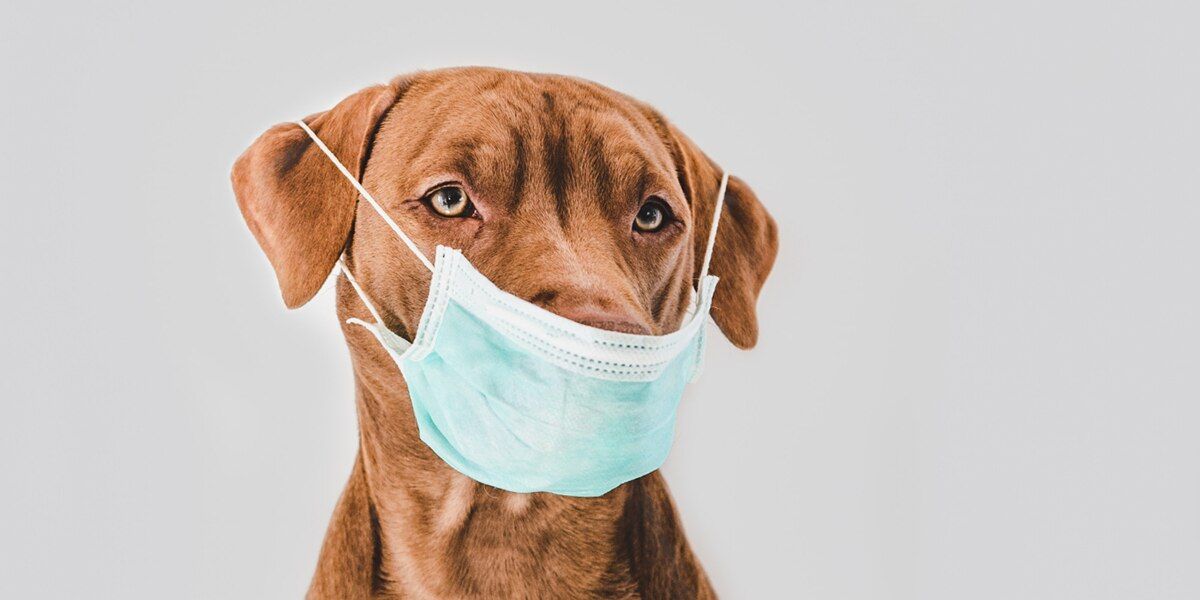
Are Paint Fumes Bad for Dogs?
Do you love your pets like family but need a new coat of interior paint? You’re probably wondering, “Are paint fumes bad for dogs?”
As reliable painters in Tucson, the team at Nelson J. Greer knows how to give you a beautiful paint job while keeping your beloved pets safe. Contact us at 520-325-5800 to schedule an appointment today.
How Paint Fumes Harm Your Dog
Prolonged exposure to paint fumes has several documented health problems for both pets and humans. However, because dogs and other pets have a better sense of smell than humans, they fall sick more quickly than humans. Different types of paint affect your dog differently, but because most paints emit toxic fumes, they can cause breathing problems, nausea, and more.
Signs Your Dog Has Inhaled Paint Fumes
Are paint fumes bad for dogs? Yes, and if you notice any of the following signs after you’ve painted, it’s likely your pet is experiencing the effects of toxic paint fumes:
- Dizziness and confusion: Dizziness, along with signs of confusion, are two of the most common signs your pet has breathed in paint fumes. Evidence of dizziness in dogs includes walking in circles, falling, leaning, tilting their head, lack of coordination, and rhythmic or repetitive eye movement. Confusion in a dog looks like hyperactivity, ignoring treats you offer, startling easily, or ignoring you while lying on the ground.
- Vomiting and diarrhea: Digestive problems are one of the most common problems that arise when a dog inhales paint fumes, and smaller dogs are more susceptible to nausea and vomiting. If your dog shows signs of digestive problems, you should take them to the vet. However, for minor cases, you can treat them at home by keeping them hydrated and eating a bland diet of rice, plain chicken, or boiled potatoes.
- Respiratory issues: After inhaling paint fumes, your dog could develop respiratory issues ranging from a mild cough to trouble breathing or even chronic pneumonia. These are the most severe symptoms for your pet; if you notice breathing problems, you should take them to the vet. Fortunately, respiratory issues usually only occur after prolonged exposure.
How to Protect Your Pet from Paint Fumes
One way professionals protect your pets when they paint your home is by only using water-based paints, which are free from toxic elements like latex and volatile organic compounds. We also ensure we properly ventilate your home by opening windows and turning on fans to reduce the concentration of fumes.
Finally, to prevent curious pets from licking or smelling the paint, we suggest either removing them from the home for the duration of the painting or boarding them so they don’t put themselves in danger.
Trust Nelson J. Greer to Paint Your Home Safely
Are paint fumes bad for dogs? Yes, but fortunately, Nelson J. Greer knows how to paint your home without putting your dog’s health at risk. With over 60 years of experience, we can do everything from teach you the difference between mineral spirit vs. paint thinner to help you choose the best paint for your home.
Call 520-325-5800 to schedule an appointment today.
Categories
- Church Painting (1)
- Commercial Painting (12)
- Exterior Painting (4)
- Interior Painting (2)
- FAQ (1)
- Floor Coating & Sealing (1)
- General (13)
- Industrial Painting (1)
- Metal Painting (1)
- Paint Prep (3)
- Painting Contractors (4)
- Pool Deck Epoxy (1)
- Residential Painting (32)
- Baseboards & Trim (2)
- Cost (3)
- Exterior Painting (8)
- Interior Painting (7)
- Tips (2)
- Walls (6)
- Roof Replacement (1)